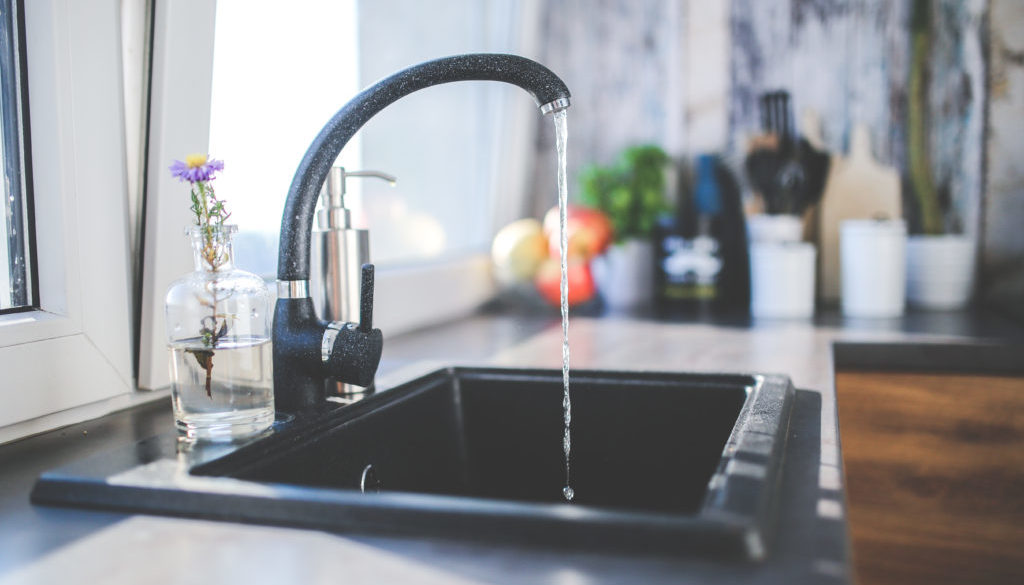Defending Clean Drinking Water: Demanding Safety for Our Families
By Sonya Lunder, Sierra Club
This week, Sierra Club joined dozens of environmental and health scientists and advocates in demanding that the Environmental Protection Agency (EPA) protect women and children from perchlorate – an industrial chemical that contaminates drinking water for millions of people in the United States. After years of studying the impact of perchlorate exposure, EPA is proposing a drinking water standard that is too lax, and will put millions of American children are at risk of developing long term health problems as a result.
EPA proposes to set a water standard of 56 parts per billion for perchlorate, which is completely insufficient. For comparison, the state of Massachusetts requires water utilities to treat water with more than 2 parts per billion, and advocates insist that 1 part per billion is a scientifically-sound, safer limit.
Advocates’ concerns are backed up by EPA’s own research which confirms that perchlorate is harmful to the thyroid during pregnancy and infancy. Perchlorate blocks the thyroid’s ability to take up iodine and alters thyroid hormones. Exposure to perchlorate during short periods of pregnancy can impair fetal brain development and lasting effects to children’s attention, intelligence and behavior.
Every day brings news about Trump’s EPA rolling back environmental protections, but this issue is particularly distressing because it harms our most vulnerable group, infants. For me, it is also personal. In 2006, I sent samples of my breast milk and my infant son’s urine to researchers at Texas Tech University. The results shocked me. Even though I didn’t have any detectable perchlorate in my drinking water, the researchers found that I had among the highest levels of perchlorate and the lowest levels of iodine in my milk of any women in the study. I had been inadvertently feeding my son a bad combination of too much perchlorate and too little iodine. He was not alone either, three-quarters of the children studied had perchlorate exposures above EPA’s then guideline.
The study was published in 2008, and added more weight to the growing evidence that many adult women and breastfeed infants had high perchlorate exposures solely from their diets, let alone contaminated drinking water. Also, the typical American diet doesn’t include enough iodine, particularly people who are pregnant or nursing.
After learning my test results I switched to a multi-vitamin that included iodine and started to purchase iodized salt. Even though it was too late to impact my first child’s exposure to perchlorate, I was heartened to learn about a specific way I could limit the impact of perchlorate on my own body and for future pregnancies. But these individual efforts aren’t enough – the news won’t reach everyone who needs it, and these actions are incomplete and place the responsibility on individual women, not our government, to prevent harm.
Reducing the amount of perchlorate in tap water is the most direct way to protect infants from the long-term harm to their brain and motor development. EPA research over the past decade presents abundant evidence that a lower water standard will protect kids.
Thirteen years later my sweet first-borne is a teenager, and 5’8” he towers over me in height. While we are well past the age of lost sleep and adorably tiny pajamas, I remain committed to making sure all of our families are protected from harmful water contamination. I hope you’ll join me in that effort.

